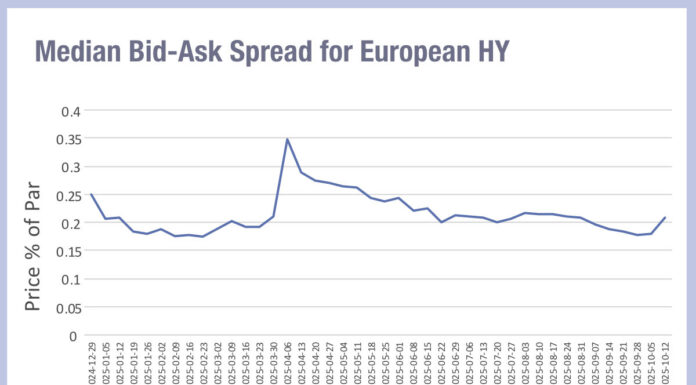A new study by Coalition Greenwich analyst Audrey Costabile posits that Mortgage Backed Securities trading will electronify over the next five years. Along with calls for the privatisation of Government Sponsored Entreprise (GSE), Fannie Mae and Freddie Mac, times are a changing for the MBS market.
The US mortgage-backed securities (MBS) market accounts for approximately 13% of total US bond issuance in 2024 and 25% of average daily volume (ADV) at US$311.2 billion according to Sifma. Crisil study points to the market ongoing further significant transformations towards electronification. This shift promises enhanced efficiency, improved liquidity, and increased transparency.
Read more: https://www.fi-desk.com/fannie-mae-and-freddie-mac-is-the-end-of-the-receivership-in-sight-at-last/
A considerable portion of MBS trading remains rooted in traditional methods. While to-be-announced (TBA) contracts, the most liquid segment of the MBS market, are predominantly traded electronically, over 75% of trades in instruments such as collateralized mortgage obligations (CMOs), asset-backed securities (ABS), commercial mortgage-backed securities (CMBS), and specified pools are still executed via phone or chat.
Read more: https://www.fi-desk.com/betting-the-house/
The broader US credit markets have experienced a notable shift towards electronification. As of September 2024, electronic trading accounted for nearly 50% of total volumes in US investment-grade credit and 32% in high-yield credit according to Tradeweb.
This progression has been facilitated by the adoption of multidealer platforms (MDPs), which offer efficient mechanisms for risk transfer, and the implementation of enhanced TRACE reporting requirements, providing traders with better data and price transparency.
Technological advances have further propelled this evolution. The integration of analytics, compliance checks, and workflow automation into trading platforms has streamlined processes, enabling more efficient trade execution. Additionally, the rise of Exchange-Traded Funds (ETFs) in the mortgage space is influencing market structure, offering additional transparency and liquidity to previously opaque segments and measuring best execution as well as doing Trade Cost Analysis (TCA) remains difficult.
However, challenges to full-scale electronification persist. Liquidity fragmentation remains a concern, with many mortgage products lacking the depth of electronic trading seen in corporate bonds or Treasuries. The availability of quality market data is also inconsistent, with buy-side traders expressing the need for better real-time pricing information. According to Crisil 75 percent of MBS market data is sourced from Bloomberg and Tradeweb.
Market participants are optimistic according to the study. Automation is a top priority for buy-side firms, with portfolio managers and traders seeking tools that enable seamless order execution and reduce operational risk. The growing role of non-bank liquidity providers in MBS markets mirrors trends seen in corporate bonds, potentially deepening liquidity and reducing reliance on traditional dealer networks.
In conclusion, while the path to full electronification in the MBS market is ongoing, the electronification trajectory is set to mirror other credit market segments. To be on par, the share of electronic trading in MBS volume would double.
Source: Crisil Coalition Greenwich
©Markets Media Europe 2025












